Media Releases
JCU’s $80m education revolution gets go-ahead
First published 19 December 2012
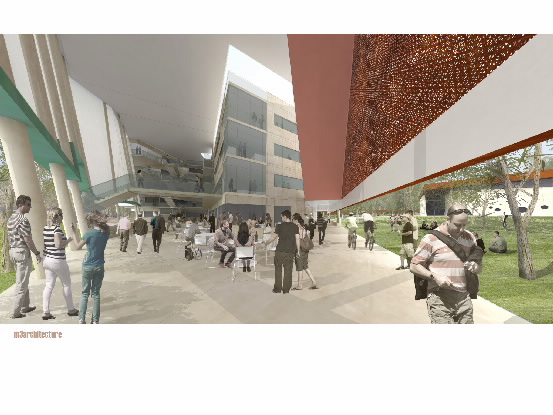
An $80 million project at James Cook University will revolutionise science and health education for rural, regional and remote students.
The Science Place to be built on JCU’s Townsville campus received backing today with the Australian Government announcing it will inject more than $46 million from its Education Investment Fund (EIF) into the project.
JCU is committed to the project, investing more than $32 million with smaller contributions from some of its collaborative partners.
The Vice Chancellor of JCU, Professor Sandra Harding, said the project was the University’s biggest undertaking and would provide a teaching and learning facility that connects to rural and remote schools and communities across northern Queensland using state of the art technology.
“The Science Place is a very exciting development for JCU and will have an enormous impact on the communities and economy of the region,” Professor Harding said.
“It will transform the way in which rural, regional and remote students at all levels experience science education.
The project, which includes multi-storey buildings and lecture theatres, is expected to begin next year and take four years with more than 500 jobs created during the construction phase.
The Science Place cluster will have:
-
teaching spaces with sophisticated audiovisual and videoconferencing facilities to allow remote teaching and outreach;
-
an outreach centre with stimulating and interactive displays to promote engagement with high schools and the community;
-
next-generation and collaborative lecture theatres;
-
high capacity computer laboratories and Technology Enabled Active Learning spaces;
-
flexibly configured spaces for small-group interactive teaching;
-
state-of-the-art teaching laboratories with visualisation capabilities linked to teaching equipment to display resources in limited supply with associated preparation areas and technical workspace;
-
research laboratories designed to facilitate research education;
-
a student interaction area and peer-to-peer learning spaces;
-
offices for academic, technical and administrative staff;
-
facilities for CSIRO Education NQ; and,
-
an energy-efficient design appropriate to the tropical environment and built to contemporary standards
Professor Harding said The Science Place was part of JCU’s ongoing investment in teaching and research in northern Queensland.
“When I look over our capital works expenditure of the past three years, and forward to projects we are currently committed to in the next three years, I see – in addition to this project – an investment totalling $286 million.
“This is an investment, with generous support from Federal and State Governments as well as other project partners, in the future of our region: $146 million at our Townsville campus, $128 million in Cairns, another $9.4 million at the Daintree Rainforest Observatory, and $2.1 million in Atherton.
“JCU is committed to building a brighter future for the tropics. The majority of that effort is devoted to teaching and research, but sometimes it’s actually about investing in bricks and mortar.
“The Science Place is the latest in our building program. The bricks and mortar will be on our Townsville campus, but the teaching and research that it will support will be happening across the north and far north of the state.”
Professor Harding said that The Science Place would allow the University to deliver flexible tutor-supported teaching utilising technology-intensive infrastructure including the NBN.
This would mean on-line delivery to remote students providing lectures and group work supplemented by block-mode lab classes; to regional high schools, particularly those without capacity to deliver key prerequisites (ie maths and chemistry); to the Cairns campus; and to JCU study centres in Mackay, Atherton, Mareeba, Mt Isa, and Thursday Island
“This new facility and the interactions it promotes will attract, excite and inspire students at all levels, encouraging them to prepare for science, technology, engineering and mathematics (STEM) and health-related careers in a regional setting,” Professor Harding said.
“To serve its economy, including the growing mining industry, the region needs graduates with a solid grounding in science; to serve the community, there is a need for locally-trained graduates in health.
“Students trained in the region build their careers locally, and in regional Australia more broadly,” Professor Harding said.
“Regional and remote students' participation and success in science-related fields at school and University not only underpins the regional economy, but yields social benefits too. A more vibrant regional economy means broader graduate opportunities, higher salaries, increased social mobility, improved living standards and better communities.
“What a great Christmas present for North Queensland.”
JCU has a number of collaborative partners in the project:
-
CSIRO’s education centre in NQ will be co-located in The Science Place and build on current collaborations, with stimulating and interactive displays and laboratory space being provided. The Education Centre is financially supported by Education Queensland, Queensland Nickel and JCU. The Centre services primary and secondary schools from Mackay to the Torres Strait and out to Mt Isa.
-
Barrier Reef Institute of TAFE and Tropical North Queensland Institute of TAFE, who are partners with the University in the JCU Pathways College.
-
Catholic Education which sees The Science Place as an integral part in providing opportunity to rural and remote students for physics, chemistry, biology and earth science teaching, thus providing a “more equitable educational playing field and allow ‘scientists in the bush’ to become scientists that meet the needs of their local communities”.
-
The Queensland Department of Education, Training and Employment has committed to contribute towards the operations of the school outreach programs into areas such as Mt Isa, Mareeba, Atherton, Thursday Island and Mackay, and development of curriculum in conjunction with JCU and CSIRO Education NQ.
-
The Australian Academy of Technological Sciences (ATSE) is partnering with JCU to deliver an outreach science program, ATSE Wonder of Science, to schools in rural and remote regions of Queensland.
Professor Harding said that the project had received strong support from the region including being endorsed by Xstrata Copper; Queensland Resources Council; Regional Development Australia, North and Western Queensland; and Regional Development Australia, Far North Queensland and Torres Strait.
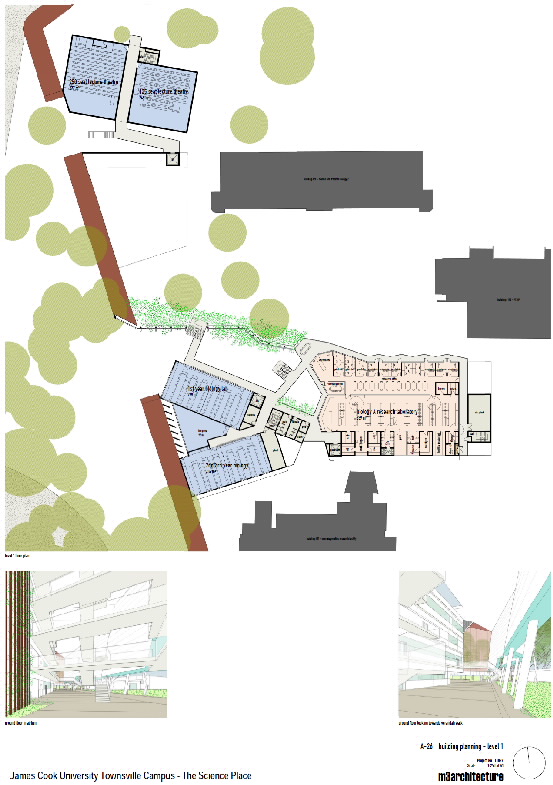
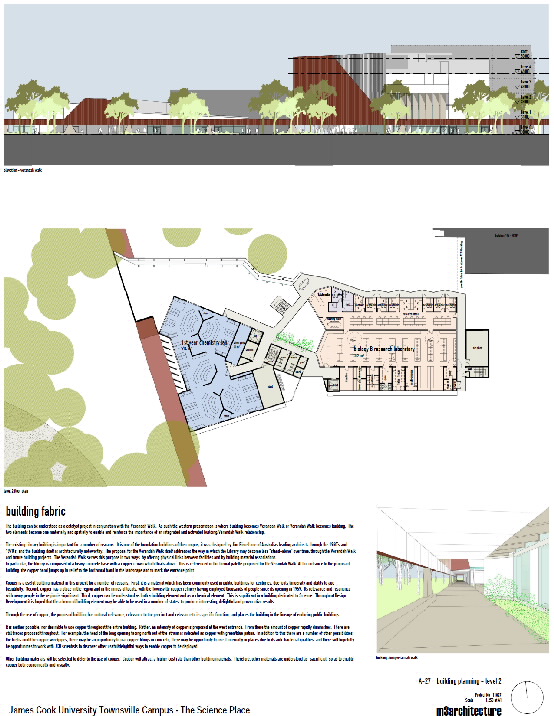
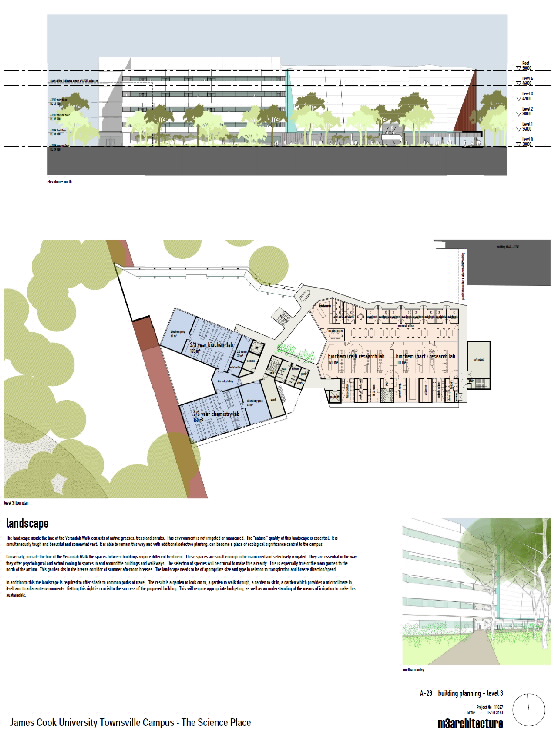
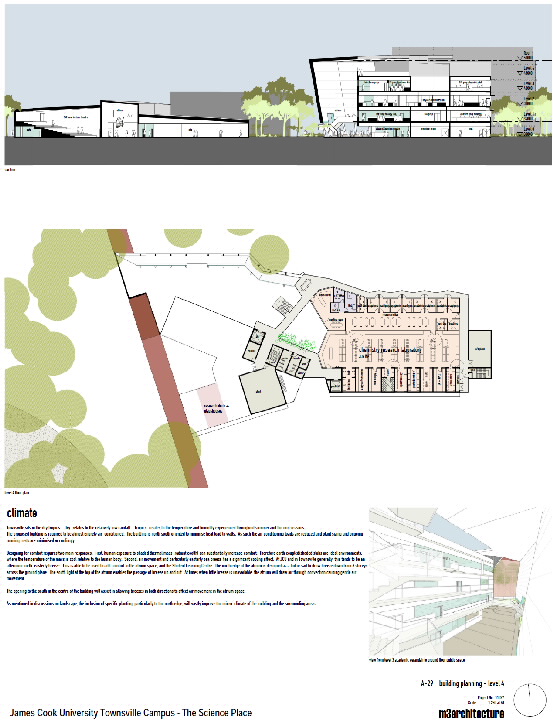
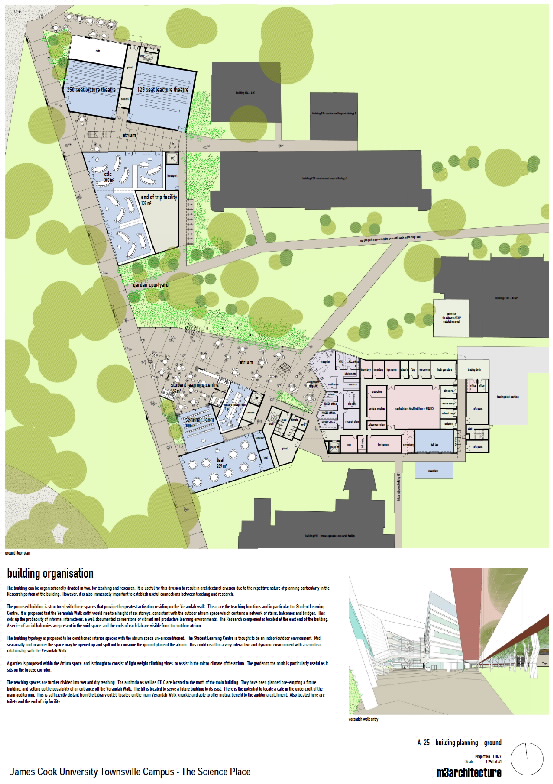
Contact: JCU Media Caroline Kaurila 07 4781 4586 or 0437 028 175.